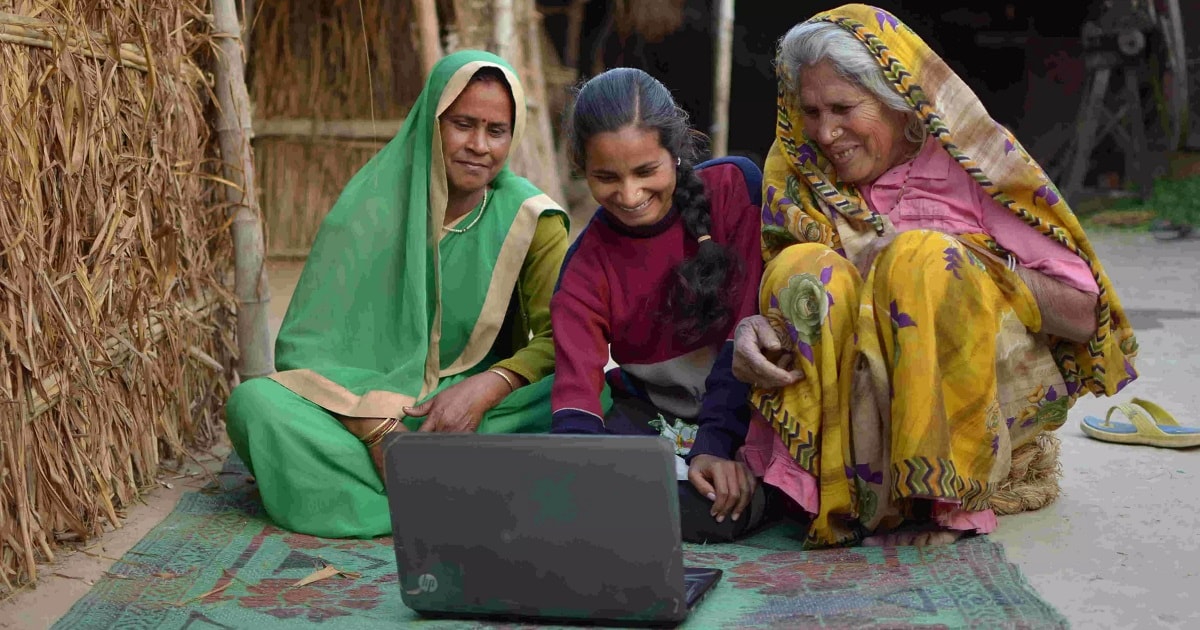
India is a diverse country in terms of culture, religion, food, population, and so on. However, we can see from the chronicles of history that the country has seen significant changes in terms of area, economy, and democracy.
As an Indian born in the twenty-first century, I can claim that I am part of a generation that has seen a lot of changes in my country. When compared to the previous century, everything in the country has changed, from economics to politics.
ADVERTISEMENT
When we consider our history, which is littered with bloodshed, poverty, and orthodoxy, India today is nothing short of a mirage. However, in this new India, many things have changed. India has started its new journey and this journey is full of new trends which old Indians never anticipated.
Yet, in today’s India, much of what was inconceivable back then is becoming a reality. We are still a long way from eradicating extreme poverty, improving per capita income to a level that allows for a decent existence, securing justice, or at the very least a legal level playing field for the poor and oppressed.
However, five recent trends have been surprising, encouraging, and harbingers of a rapidly transforming nation. Let’s have a look at those trends:
1. Women currently outnumber men in India
According to the government’s 5th National Family and Health Survey (NFHS), India has 1,020 women for every 1,000 males between 2019 and 2021. In 2011, there were 943 females per 1,000 men, compared to 927 females per 1,000 men in 1991.
ADVERTISEMENT
Governments and non-government organizations collaborated on this in an unusually close manner. The idea was pounded into the nation’s mentality through everything from public awareness campaigns to crackdowns on sex determination clinics.
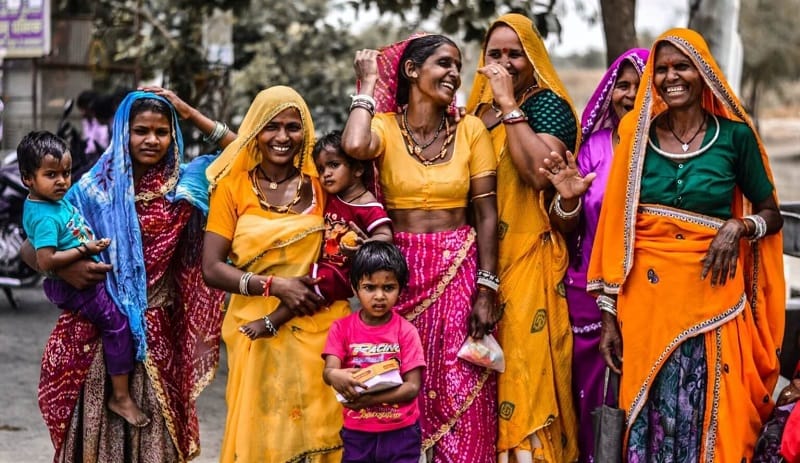
2. There are more internet users in Indian villages than in the cities
In India’s villages, there are more internet users than in the city. According to a recent survey by data and market measurement firm Nielsen, rural India has 20% more internet users than metropolitan regions.
According to the Bharat 2.0 internet survey, out of India’s 646 million active internet users aged two and up as of December 2021, rural users increased by 45%, while urban users increased by 28%. In that time, the number of Internet users aged 12 and up has increased by 37%.
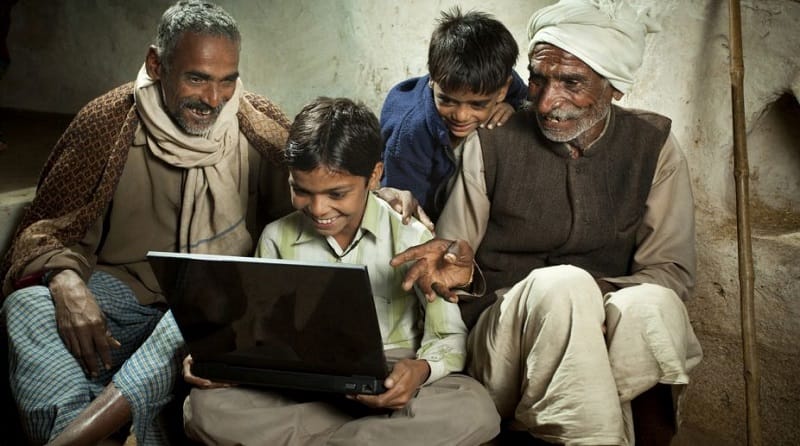
3. The fertility rate has sharply declined among all religions
The fertility rate among women in India has dropped dramatically. According to the latest National Family Health Survey, India’s Total Fertility Rate (TFR, or the average number of children a woman will bear) is 2.0, down from 2.2 in the previous survey in 2015-2016.
Muslim fertility has dropped the most, at 2.36, yet it is still significantly higher than that of Hindus and Christians, at 1.94 and 1.88, respectively.
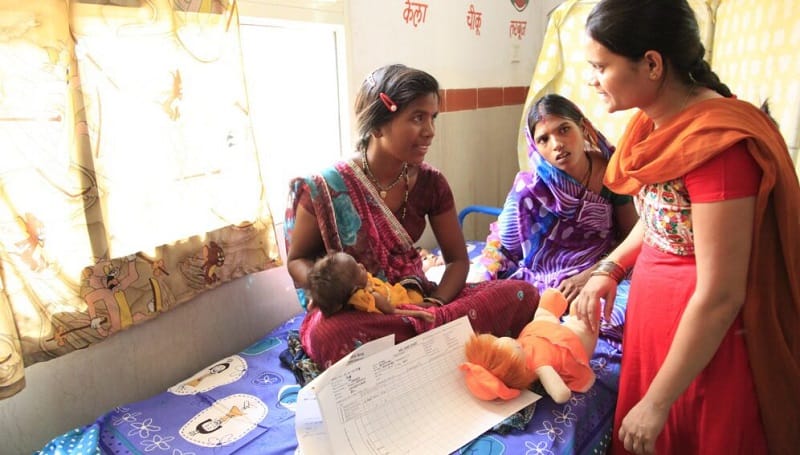
4. Digital financial transactions peaked highest in India
In terms of digital financial transactions, India has exceeded all other countries, including China and the United States. This is remarkable for a country that was so cash-dependent only six years ago.
ADVERTISEMENT
In 2021, India had the greatest rate of real-time payments among enterprises throughout the world, accounting for almost 40% of all such payments.
According to a survey by payment solutions company ACI Worldwide, data analytics firm GlobalData, and the Centre for Economics and Business Research (CEBR), India made 48.6 billion real-time payments in 2021, more than 2.6 times more than China, which came in second with 18.5 billion.
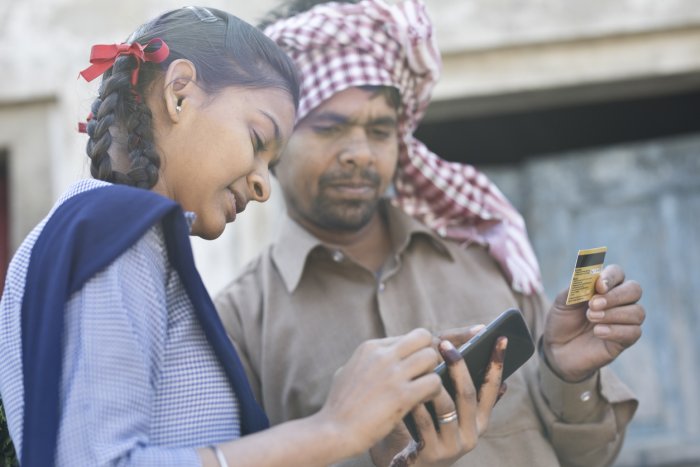
5. Indian economy will soon surpass Britain’s economy
India’s economy is barely a year away from surpassing that of its former colonizer, Britain.
According to a recent analysis by British consultant Cybr, India’s economy is on track to become the world’s sixth-biggest. According to the report, India’s economy would overtake France’s in 2022 and Britain’s in 2023.
ADVERTISEMENT
The collapse of first-world economies is a significant game shift, yet there are a number of critical aspects to address, such as per capita income, social security, and medical care for the poorest individuals.
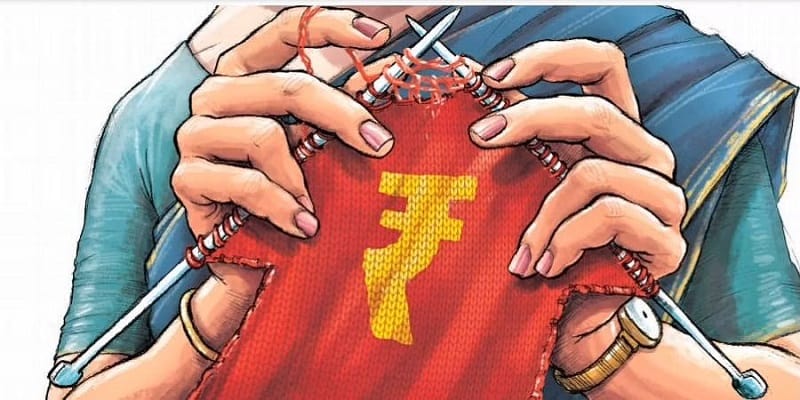
Also read: 31 Unbelievable Facts About India That Will Surprise Every Indian
ADVERTISEMENT











